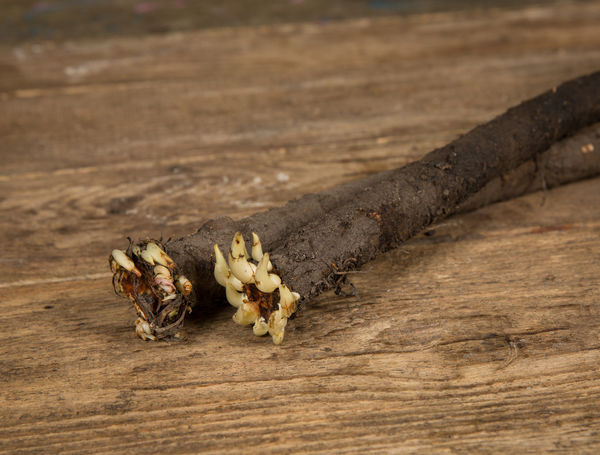It seems that only a few people know what salsify is. It’s one of those food items you’d pass by without giving it a second thought, many wouldn’t even be able to tell it apart from the ordinary wooden sticks that somehow ended up in the veggie aisle of the supermarket by mistake.
It’s a root vegetable, also known as a black oyster plant or scorzonera, that grows up to 1 m / 3.2 ft long. It’s black outside but has a white creamy flesh that has nice and mild taste between an oyster and an artichoke with a hint of licorice. Sounds quite deterring, but it had already been trending in the 1800s, why not contribute to its comeback today? But don’t forget that it’s pronounced ‘SAL-si-fee’ – you don’t want to fall flat on your face when it comes to an actual order, right?
It’s used in soups, as a fried side dish, in gratins and mashes, but in Portugal, it’s better known as a ‘sweet’ ingredient of a famous preparation: doce de escorcioneira (which is translated as ‘sweet scorzonera’). To make it like people in the Alentejo region you’ll have to scrub the salsify, trim it and cut into cubes. Then put them into a pan together with sugar, lemon juice and some orange zest. Heat up the pan and mix everything well, take it off the flame and wait until the mixture crystallizes. Once it’s hard, break the sweet into shards and consume. It’s always good to know you are eating something both sweet and historically meaningful.











What do you think?